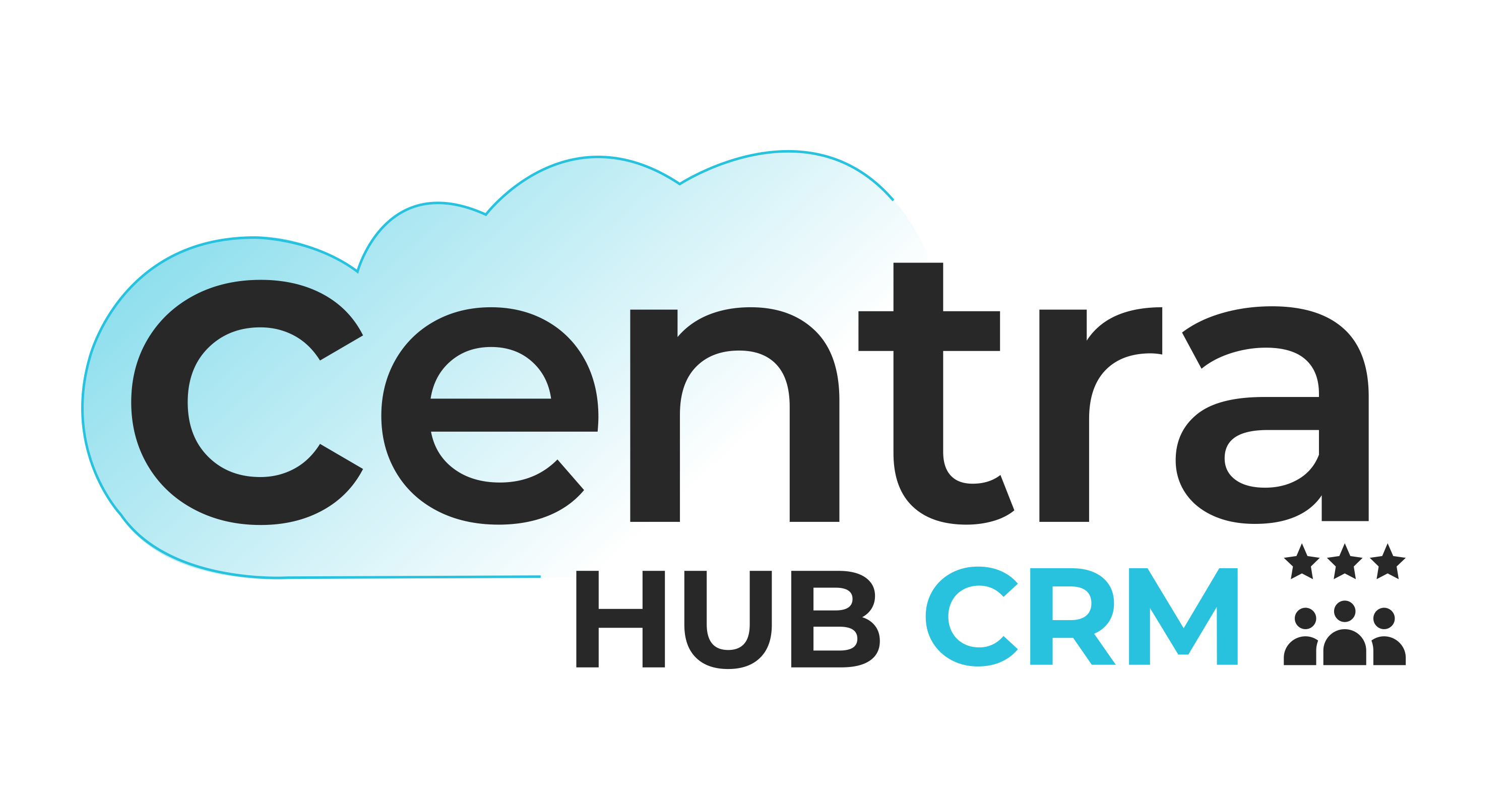Understanding Business Process Reengineering
Business Process Reengineering is a elementary rethinking and radical redesign of an organization's processes, workflows, and operations. It aims to substantially improve critical areas such as cost reduction, quality enhancement, service delivery, and overall efficiency. BPR challenges existing processes, often discarding outdated practices and introducing innovative, efficient methodologies.
How BPR Optimizes ERP Investments?
Process efficiency enhancement
BPR initiates a critical analysis of existing business processes. It identifies inefficiencies, redundancies, and bottlenecks in workflows. BPR eliminates non-value-added tasks and streamlines operations by reimagining and redesigning these processes. When these optimized processes are integrated with the ERP system, tasks that once required manual intervention are automated, thereby reducing the chances of human errors and significantly improving operational efficiency. BPR ensures that ERP investments are complemented by lean, efficient, and agile processes.
Streamlined workflow integration
BPR initiates a critical analysis of existing business processes. It identifies inefficiencies, redundancies, and bottlenecks in workflows. BPR eliminates non-value-added tasks and streamlines operations by reimagining and redesigning these processes. When these optimized processes are integrated with the ERP system, tasks that once required manual intervention are automated, thereby reducing the chances of human errors and significantly improving operational efficiency. BPR ensures that ERP investments are complemented by lean, efficient, and agile processes.
Cost reduction
One of the primary objectives of BPR is cost reduction. By eliminating wasteful processes and optimizing workflows, BPR significantly helps organizations reduce operational costs. These cost savings are maximized when integrated with ERP investments. The ERP system can further automate the processes and reduce the manual intervention, resulting in additional cost reductions. The combined effect of BPR and ERP leads to substantial cost savings, improving the overall return on investment (ROI).

Quality enhancement
BPR is focused on making processes more efficient and improving the products and services quality. When processes are streamlined and optimized, errors are reduced, and the chances of delivering higher-quality products and services increase. This quality enhancement is magnified when BPR is integrated with ERP investments. The ERP system provides tools and mechanisms for quality control and assurance, ensuring that products or services meet or exceed established standards. Consequently, combining BPR and ERP results in superior service delivery and improved product quality, enhancing customer satisfaction.
Competitive advantage
The integration of BPR and ERP investments provides a significant competitive advantage. Lean, efficient processes and streamlined workflows allow organizations to outperform competitors. They can adapt more rapidly to market changes, respond to customer needs more effectively, and deliver products or services with higher quality. This competitive edge is invaluable in today's dynamic business environment, where agility and efficiency are paramount for success.
Increased ROI
BPR enhances the return on investment (ROI) of ERP systems. The elimination of inefficiencies and the optimization of processes reduce operational costs and improve profitability. This, in turn, leads to a higher ROI on the initial ERP investment. By combining BPR with ERP, organizations maximize their cost-saving potential and improve profitability, achieving an impressive ROI.
Conclusion
Business Process Reengineering with ERP investments leads to increased efficiency, reduced costs, improved quality, and a significant competitive advantage. Aligning an organization's processes with industry best practices contributes to long-term success and profitability. Businesses that invest in BPR can better use their ERP system and foster a culture of efficiency and continuous improvement in their organization.







